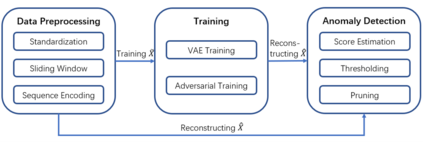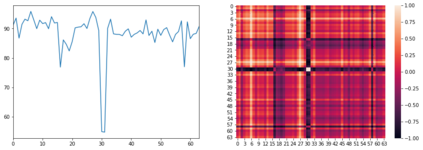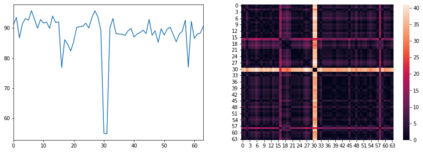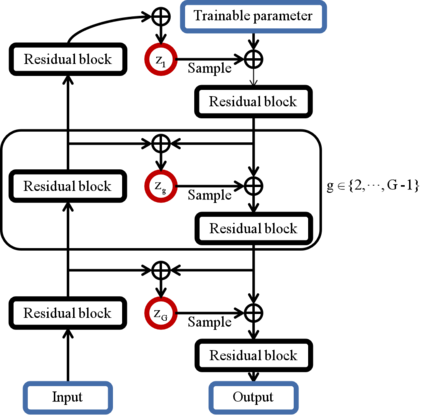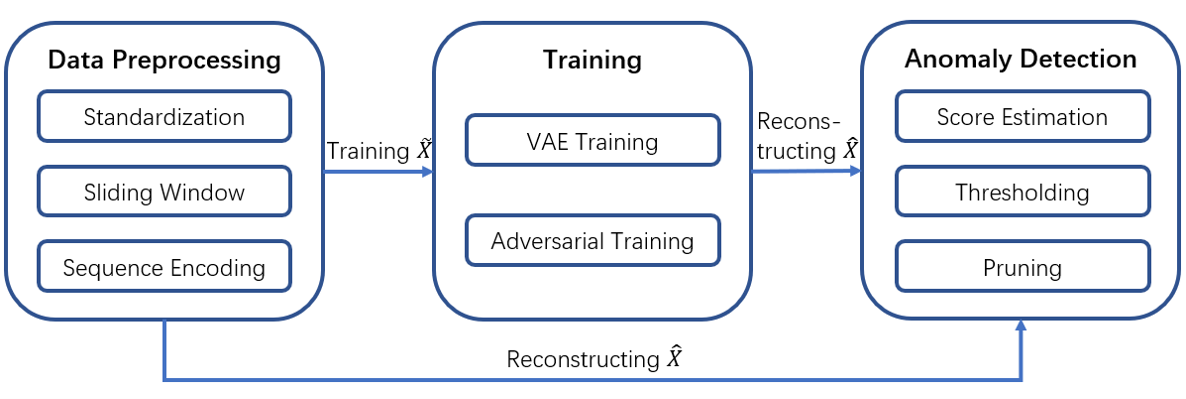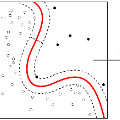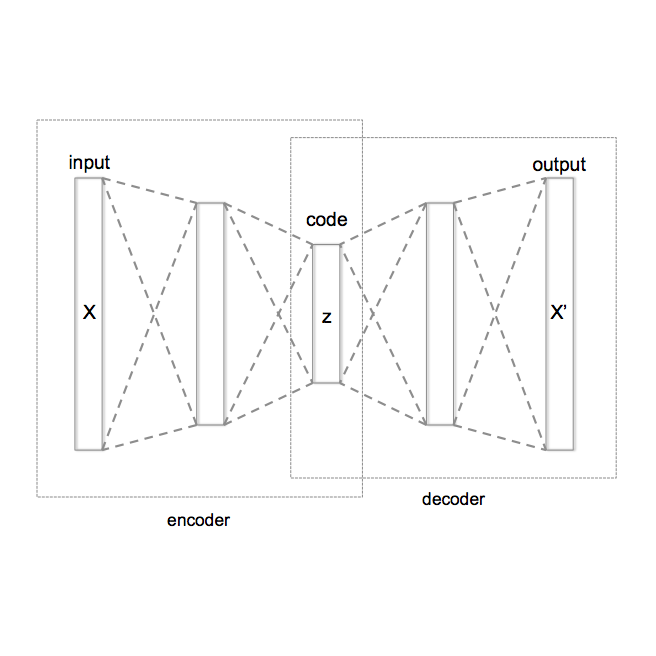In recent studies, Lots of work has been done to solve time series anomaly detection by applying Variational Auto-Encoders (VAEs). Time series anomaly detection is a very common but challenging task in many industries, which plays an important role in network monitoring, facility maintenance, information security, and so on. However, it is very difficult to detect anomalies in time series with high accuracy, due to noisy data collected from real world, and complicated abnormal patterns. From recent studies, we are inspired by Nouveau VAE (NVAE) and propose our anomaly detection model: Time series to Image VAE (T2IVAE), an unsupervised model based on NVAE for univariate series, transforming 1D time series to 2D image as input, and adopting the reconstruction error to detect anomalies. Besides, we also apply the Generative Adversarial Networks based techniques to T2IVAE training strategy, aiming to reduce the overfitting. We evaluate our model performance on three datasets, and compare it with other several popular models using F1 score. T2IVAE achieves 0.639 on Numenta Anomaly Benchmark, 0.651 on public dataset from NASA, and 0.504 on our dataset collected from real-world scenario, outperforms other comparison models.
翻译:在最近的研究中,已经做了大量工作,通过应用变式自动计算器(VAE)来解决时间序列异常现象的探测问题。时间序列异常现象的探测在许多行业是一个非常常见但具有挑战性的任务,在网络监测、设施维护、信息安全等方面发挥着重要的作用。然而,由于从现实世界收集到的数据噪音和复杂的异常模式,很难以高度精确的方式在时间序列中发现异常现象。从最近的研究中,我们受到Nouveau VAE(NVAE)的启发,并提出了我们的异常现象探测模型:时间序列到图像VAE(T2IVAE),这是一个以NVAE为基础的非监督模型,用于单向系列,将1D时间序列转换为2D图像,作为投入,并采用重建错误来检测异常现象。此外,我们还根据T2IVAE培训战略应用Generation Aversarial网络技术,旨在减少过度匹配。我们评估了三个数据集的模型性能,并用F1分数与其他几个流行模型进行比较。T2IVAE模型在公共模型上实现了0.639,从NUSA模型上采集了我们的真实模型,从公共模型的0.651数据基准,从Setformas。

